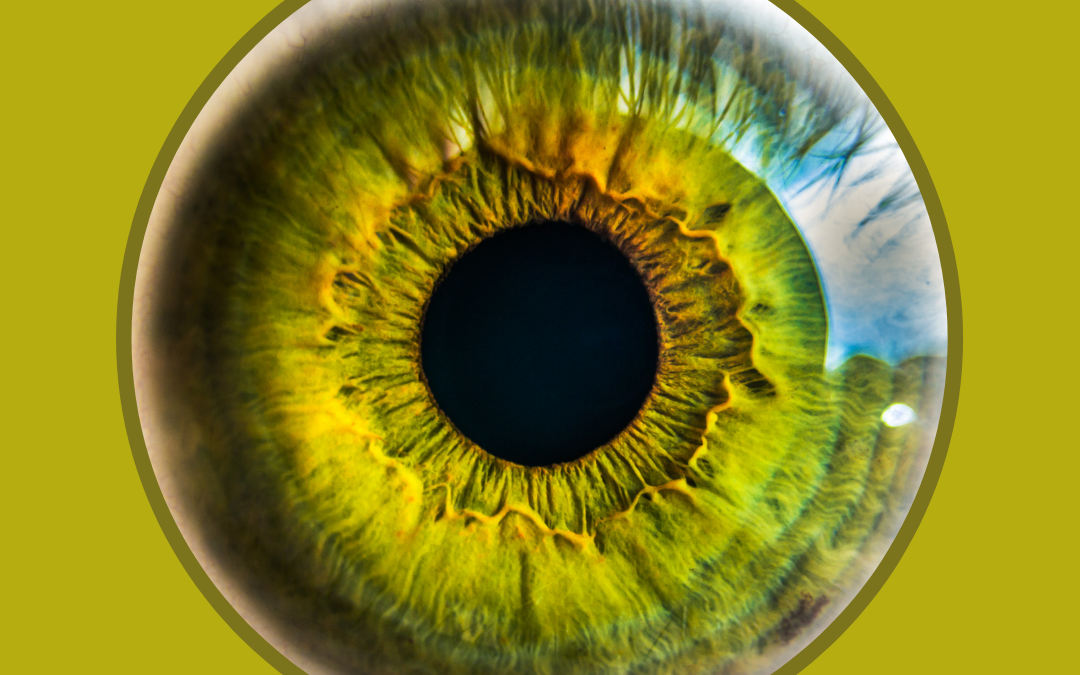Understanding the rationale behind our art is significant and powerful and should form a large part of our process.
It’s almost as important as choosing the perfect materials to develop our concept and working out the best way to display the finished piece.
But why?
For eons, humans have been making art – and behind that art has always been a purpose or intent.
It might have been to record rich hunting grounds and waterholes or to depict the Battle of Hastings (The Bayeux Tapestry), but that powerful intent fuelled their art as much as their art fuelled their intent.
And it’s that underlying basis that gives logic and justification to our artwork in the first place – so we can say, ‘I’m making this because…..’
That reasoning could be personal, radical, meaningful, political – or simply to create. It’s like quicksand – it’s there supporting the entire work, but is easily overlooked in the process of making. But it’s there.
And it’s important because it underpins everything we then do. It offers purpose and direction – certainly enough to inspire developing a concept.
But when that intent is tainted and not true to our inner artist, that’s when making art becomes erosive. Our intent has to align with us as people too, otherwise, I believe it can become damaging. Creating art for all the wrong reasons creates art without meaning.
I’m not usually the type of person to include my beliefs in my work. I normally create as my expression of capturing the beauty of the world around me – through colour or shape – using the textural perfection of a simple stitch worked and manipulated over and over again.
But the brief for my latest work requires my response to environmental concerns expressed through an affirmative use of colour and contemporary hand embroidery. Now for me to get my head around that whole concept, I’ve had to look deep and hard – and to keep myself on track I’ve had to solidify my intent or purpose. Why am I doing this? What is truly meaningful to me?
And my answers? To lift and inspire thoughtfulness and generosity of spirit through the vigorous, energetic and dynamic use of colour, texture and dimension employing innovative hand embroidery. From a design perspective, think Elizabeth I meets Guo Pei (Chinese couturier). One expressed a very powerful narrative of power and womanhood, the other revels in her culture and traditions. Both have a sense of drama and theatre in a completely OTT way.
I hope to similarly empower the simplicity (and intricacy) of hand embroidery.
And you know what? We’ve been doing that for eons too.


